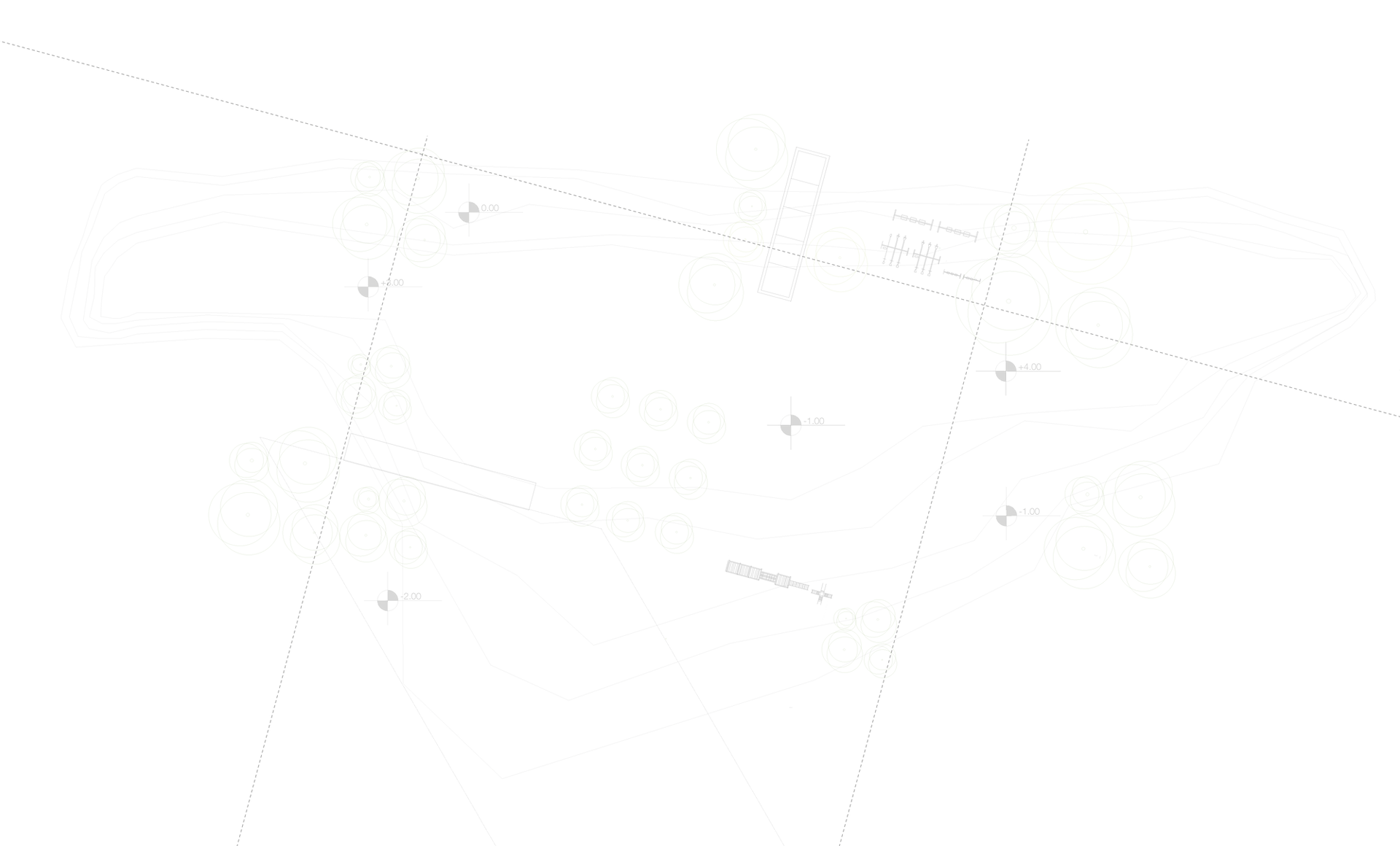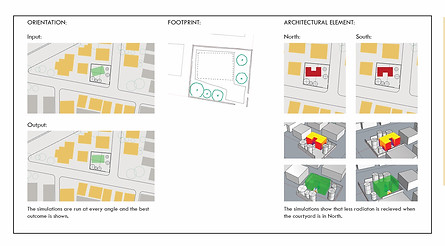top of page

Process followed and reflections on them
STEP 1: Climate Data and Research

Similarity: The initial step of collecting climate data and formulating a process
Difference: Detailed research for both the projects was different due to different program and response.
Reflection: After the base research and process formulation, the detailed research can be done along with the project, specific to its needs.
Dream Project: Primary School
Client Project: Nursing Home
STEP 2: Understanding Brief


Similarity: Questions like- Heavy appliance needs, duration of use, number of poeple using a space were asked.
The programs used for longer duration and by more no. of people were prioritized over others.
Reflection: Questions were only based on data collection, other layers of questions related to users, program, activity were missing.
STEP 3: Site Visit


Similarity: Site was visited and analysed to understand its microclimate, topography and immediate context.
Reflection: Site was only analysed through a climate perspective.
STEP 4: Avoiding Heat Gain
4.1 Form


Similarity: Similar approach and ladybug tool is used for both projects.
Difference: The freedom assumed in the dream project allowed for the massing to respond to climate where as the client project had some restriction due to client needs.
Reflection: The quantitative approach of using software to analyze the heat gain and design based on the result didn't work out in further steps.
4.2 Design


Similarity: Similar approaches of zoning and design development are used for both the projects.
Reflection: The dream project was reworked on with a stronger conceptual idea. There was a lack of vision for both the projects.
4.3 Strategies


Difference: Due to different programs and duration od use, different strategies were used for the projects
Reflection: This step required research of different strategies and details specific to the projects. This needs to happen at this stage rather than the beginning.
STEP 5: Passive Cooling Strategies

Difference: Due to different programs and duration od use, different strategies were used for the projects
Reflection: This step required research of different strategies and details specific to the projects. This needs to happen at this stage rather than the beginning.
NOTE: The last two steps are included in the final project drawings.
REFLECTIONS:
What did not work:

Quantitative Approach:
Using a quantitative approach throughout the process compromised on other aspects on architecture.
.png)
Process:
The process focused only on teh quantitative analysis and other layers like experience got lost.


Vision Statement:
The projects lacked a strong vision statement due to the quantitative approach.
Sense Making Approach:
The early processes were more sense based approach whereas a for a data driven ideology decision making worked better.
Alterations:


Qualitative Approach:
Using a qualitative approach backed by research prevents compromising on other aspects of architecture.
Research:
Surface research at the start to formulate a process and then in detail specific to the project.
.jpg)
Multiple opinions:
Multiple opinions in a quantitative approach would help in taking comprehensive decisions.
%20copy.png)
Evaluation:
Using softwares at the end of designs to evalute energy consumption in different scenarios to ensure passive low energy building.
bottom of page
